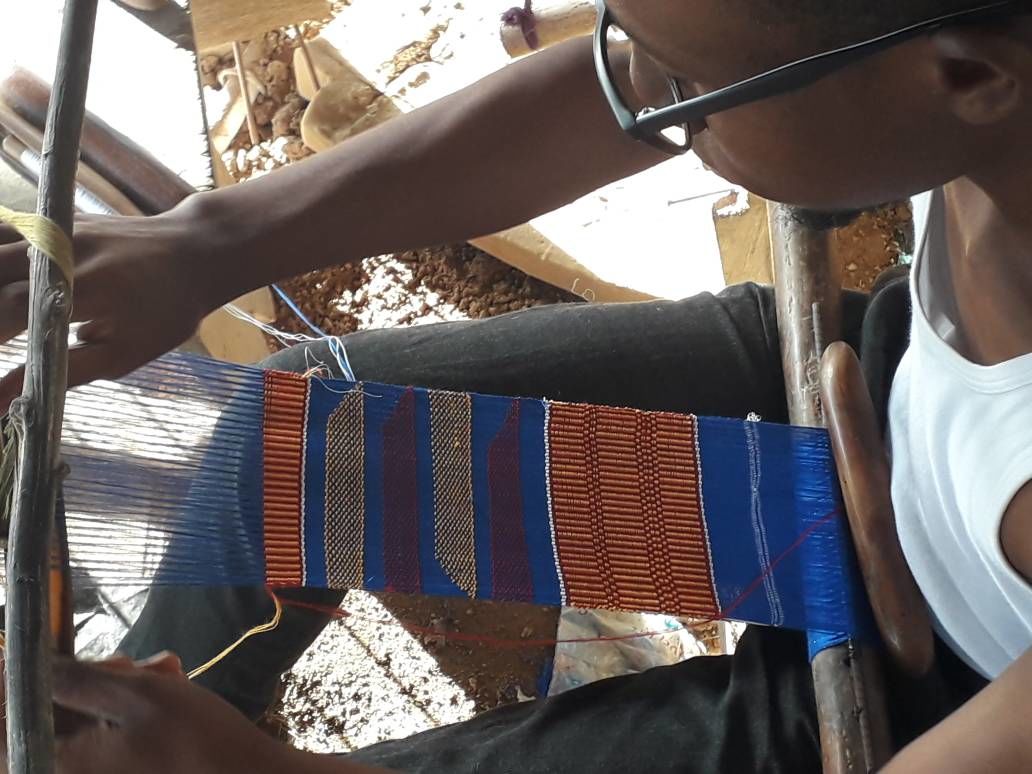
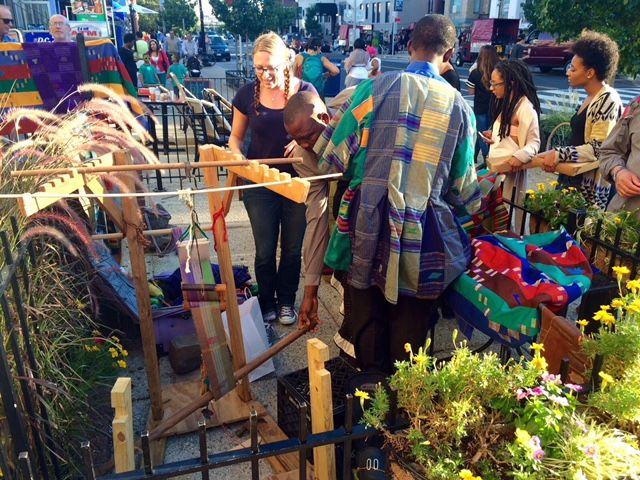
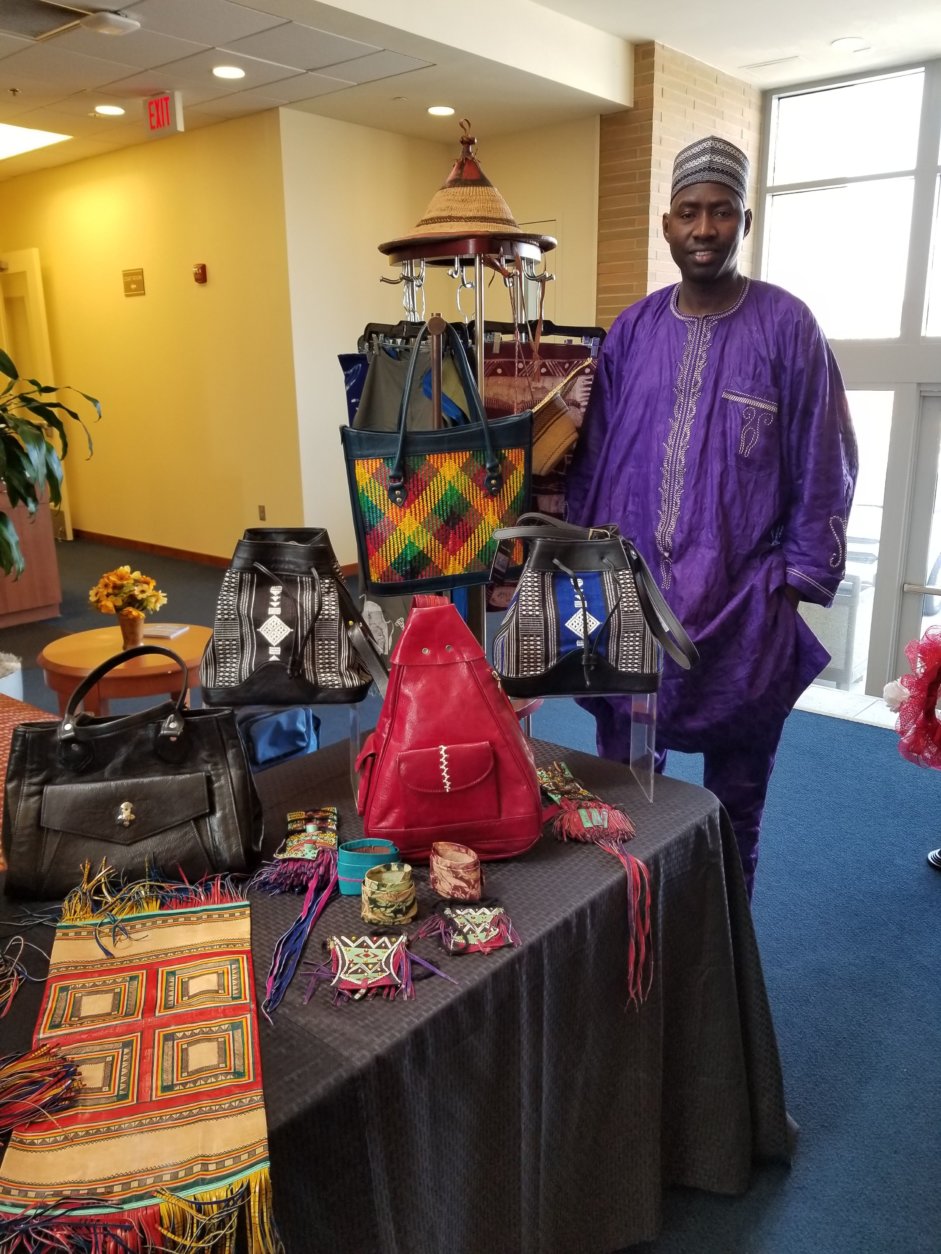
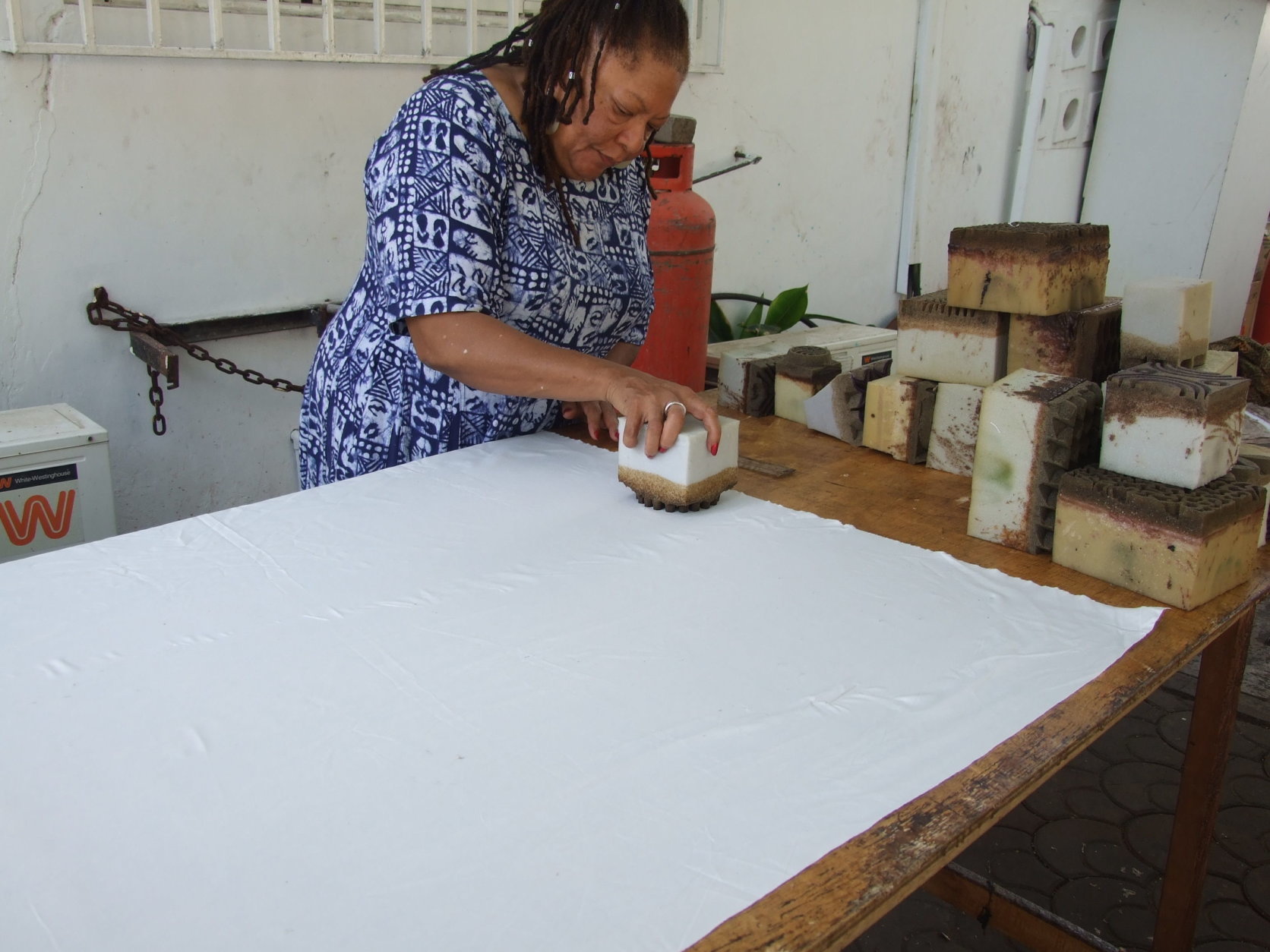
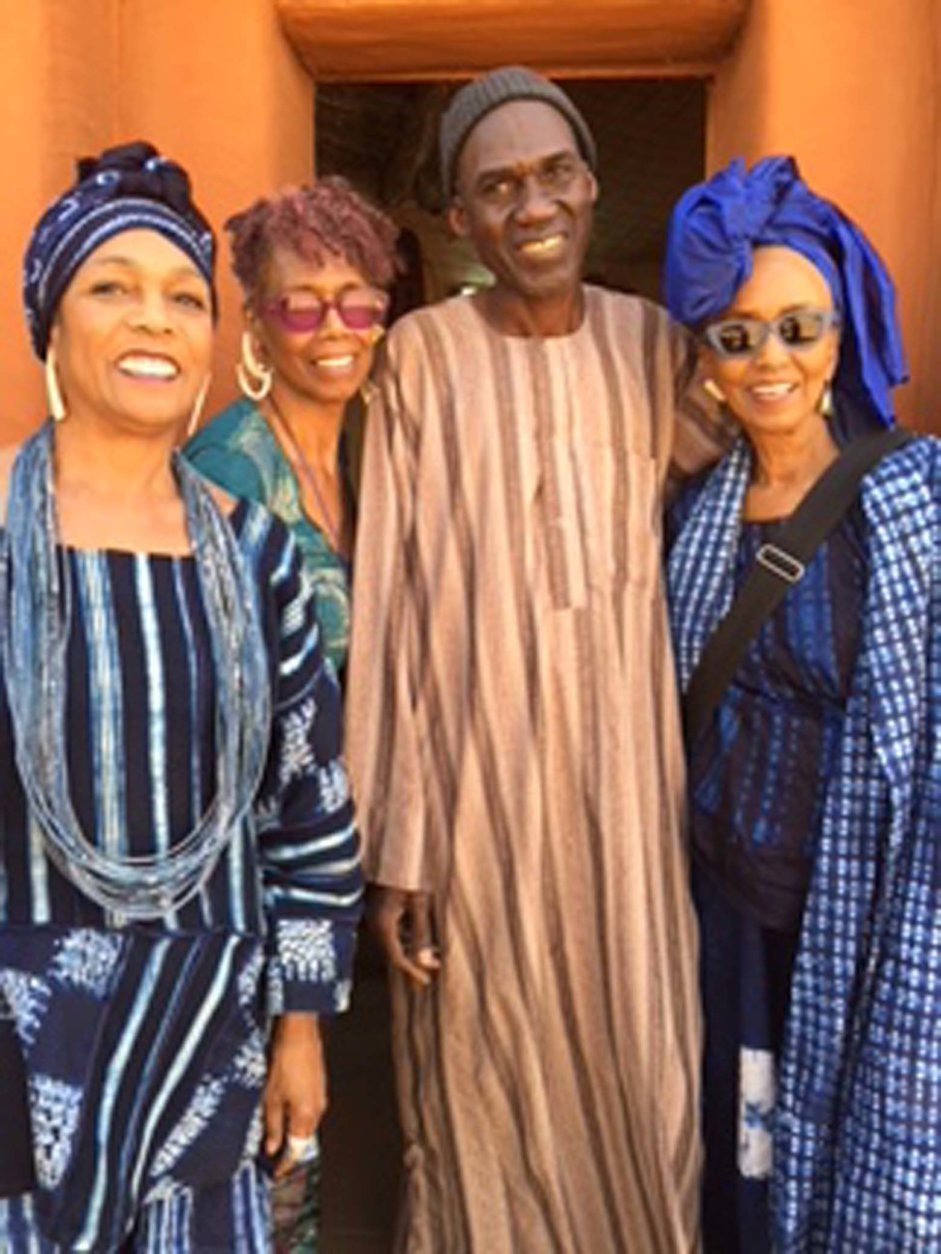
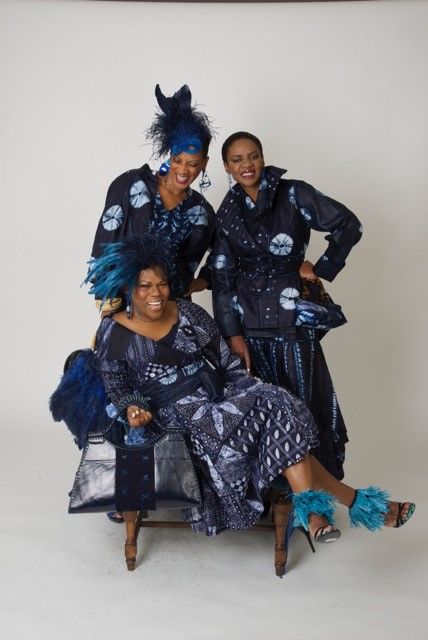
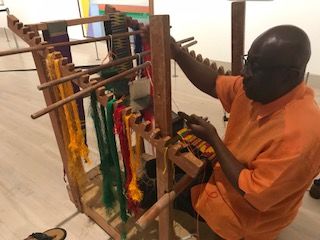
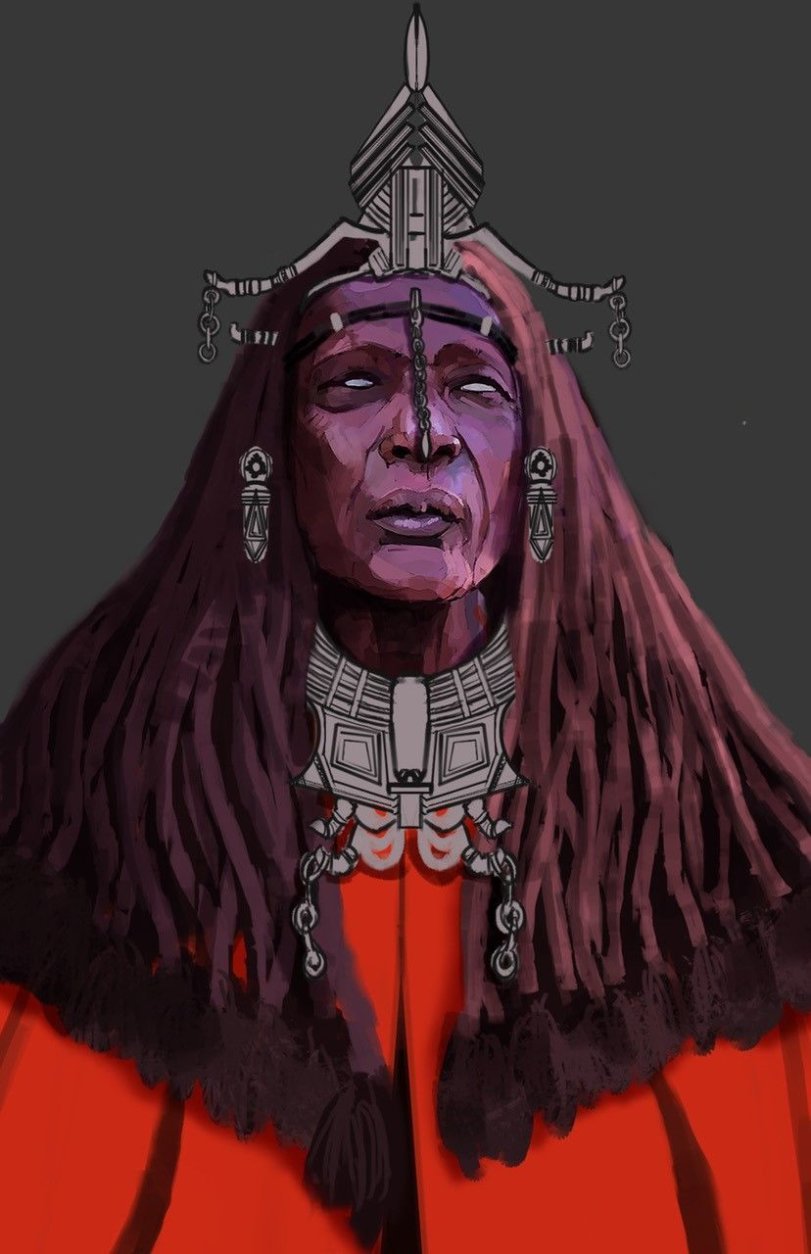
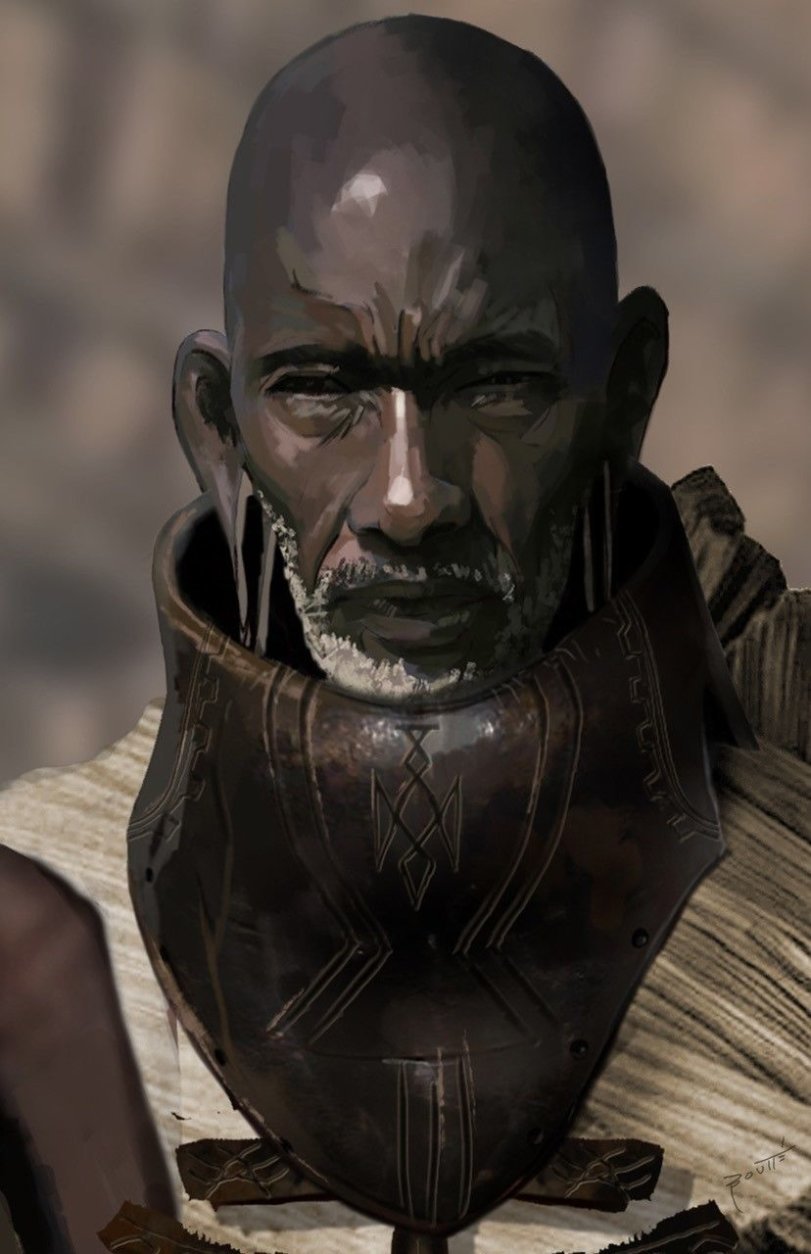
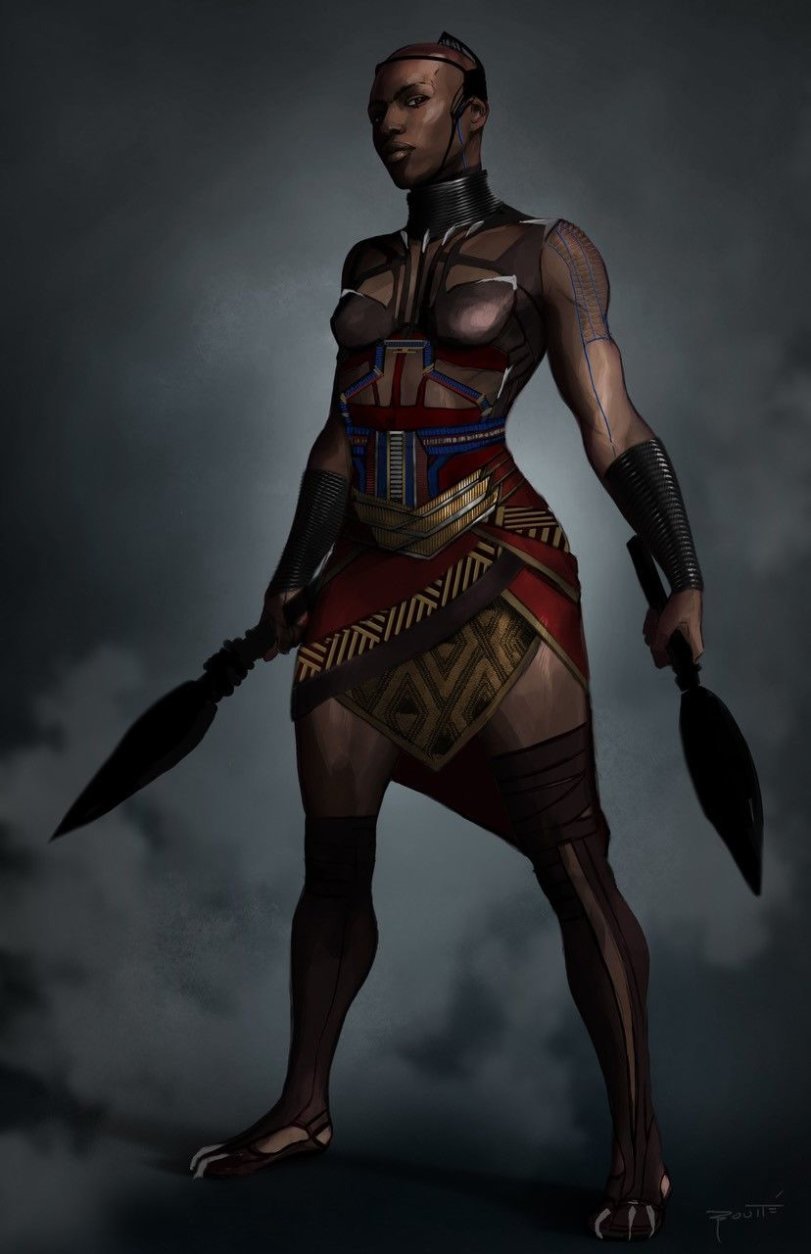
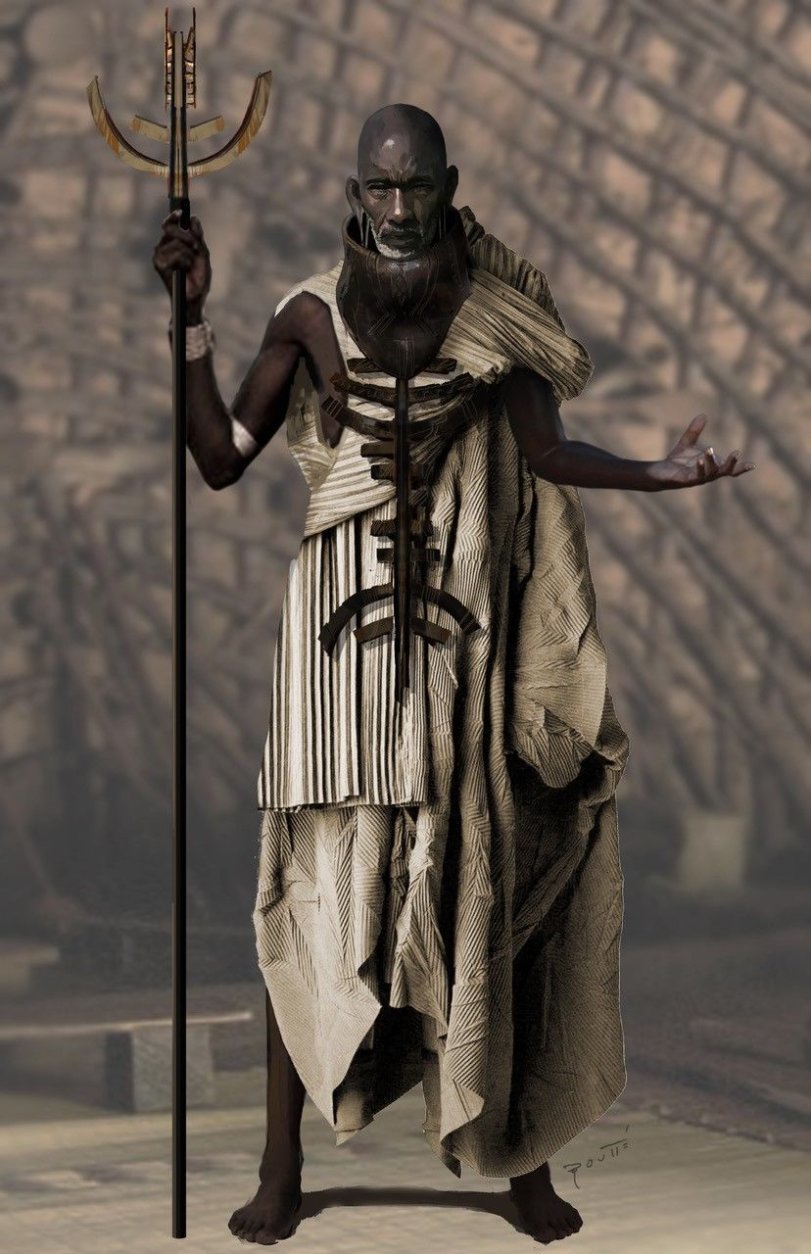
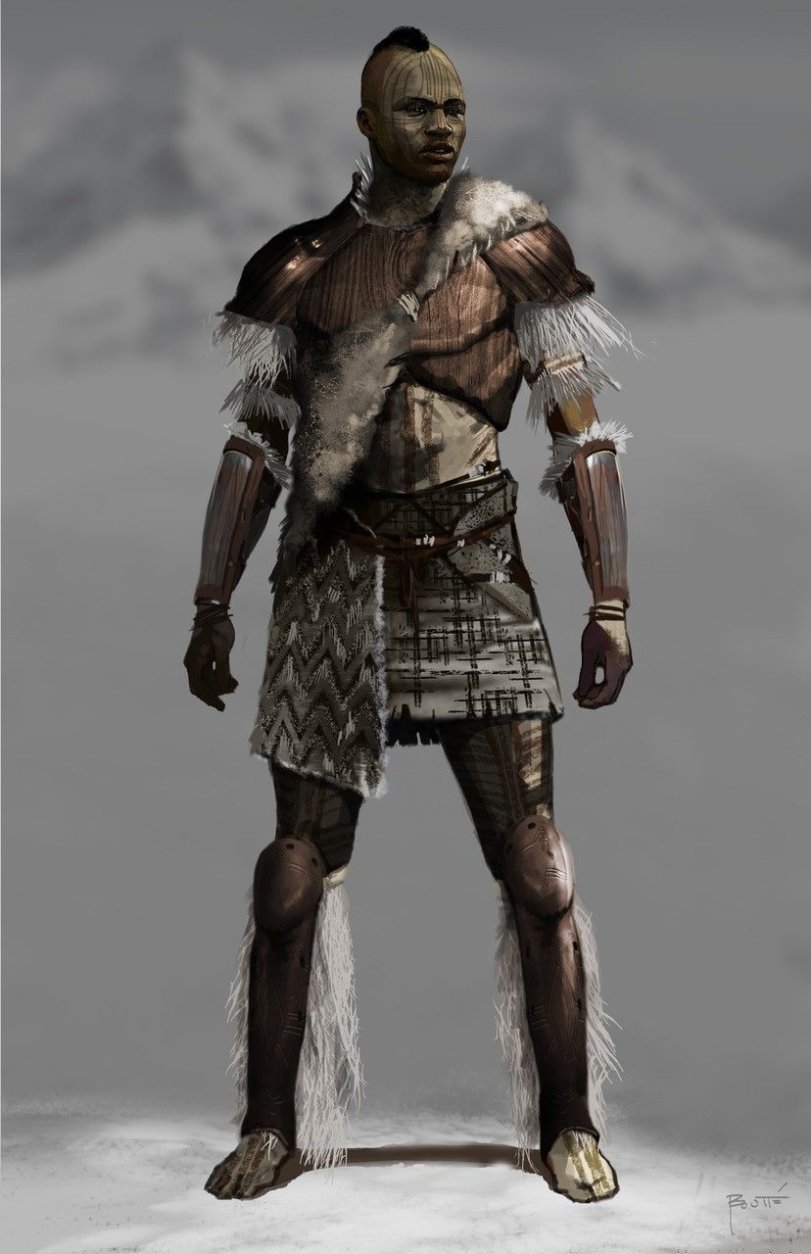
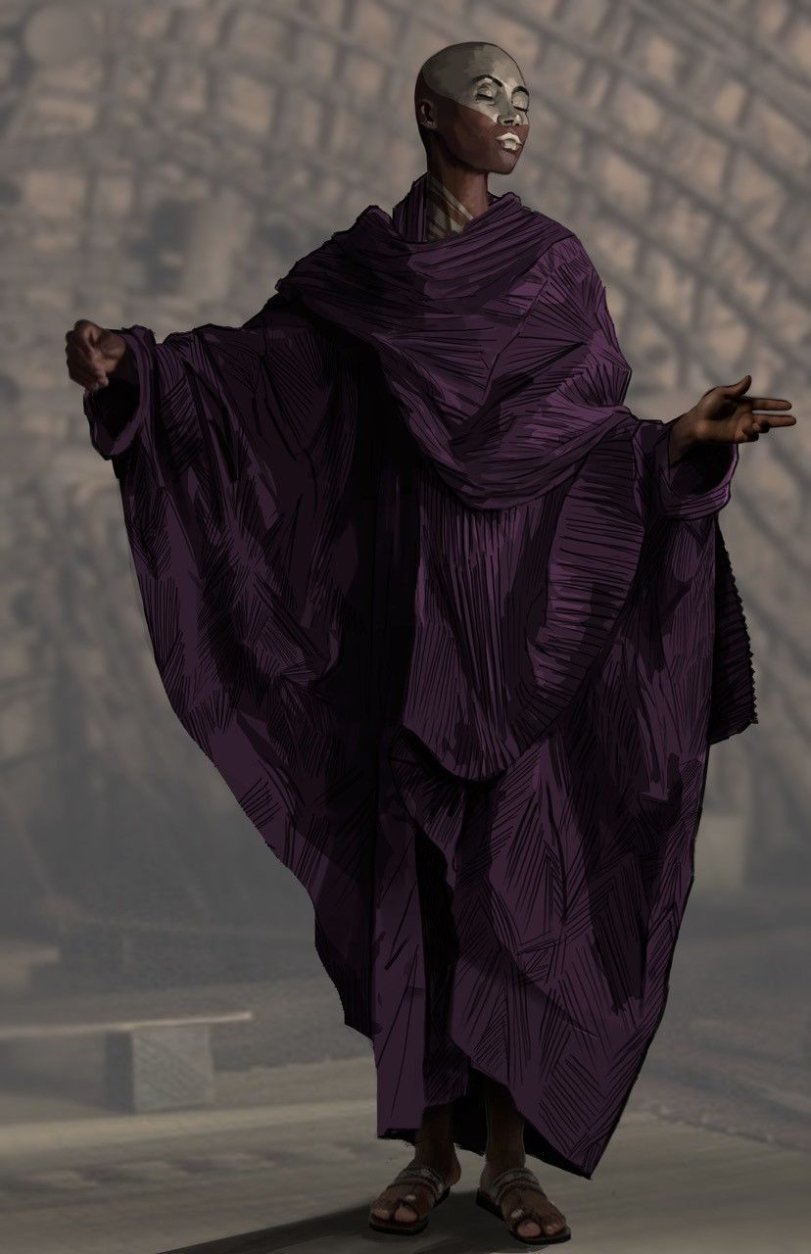
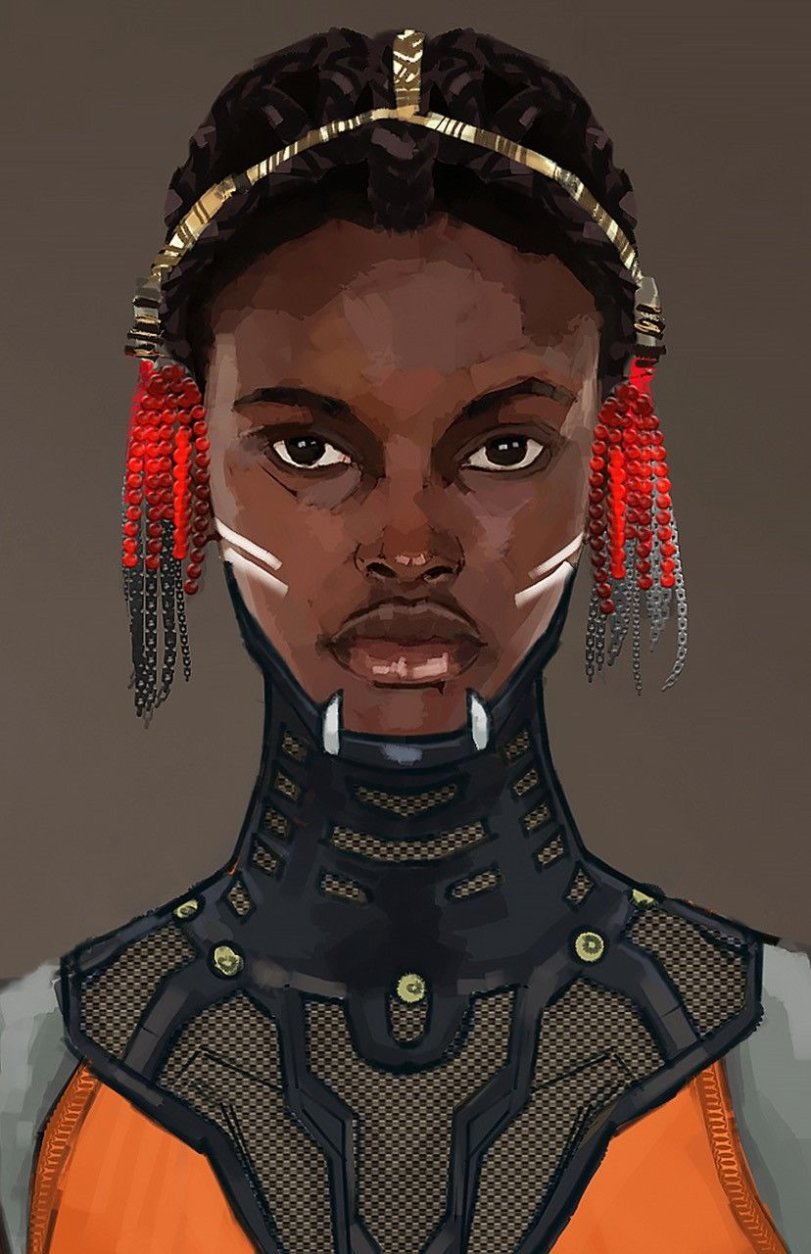
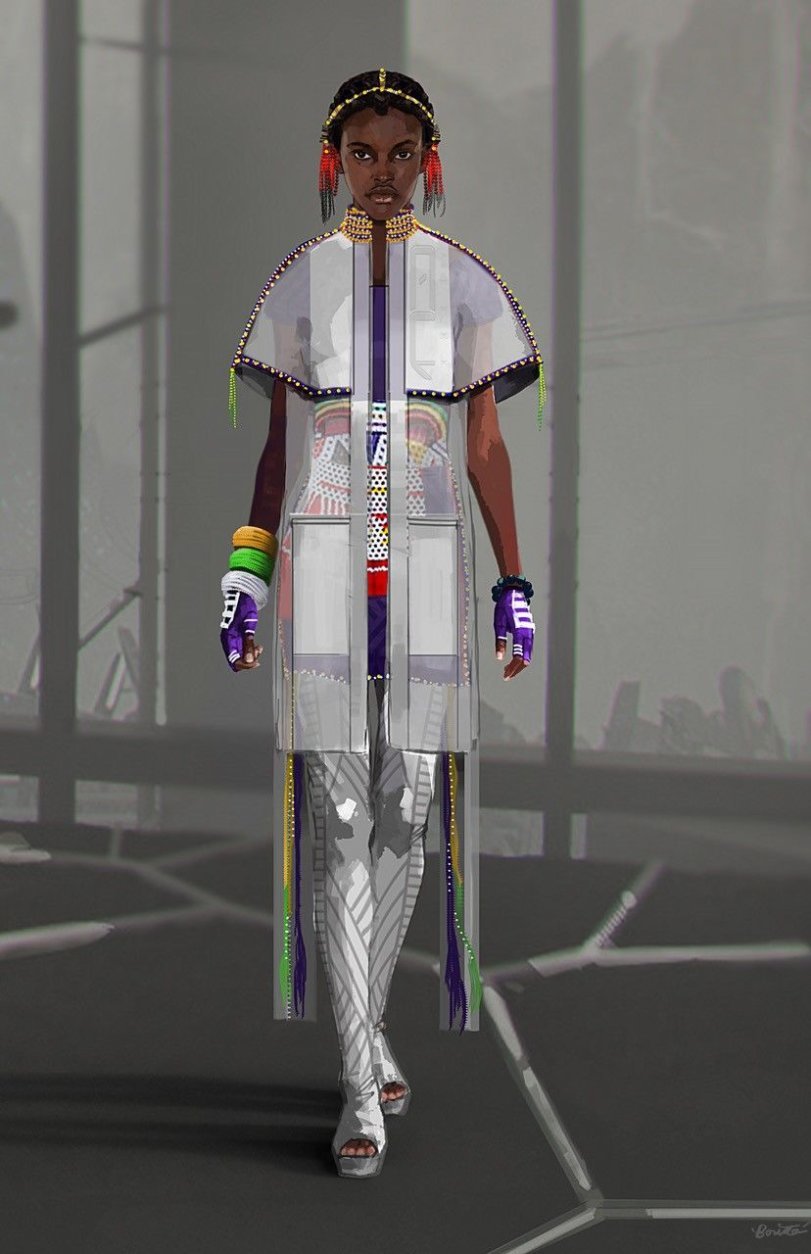

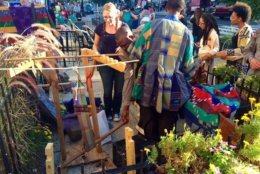
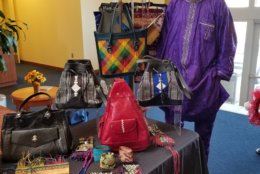
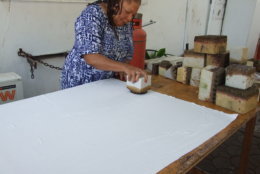
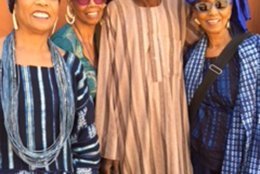
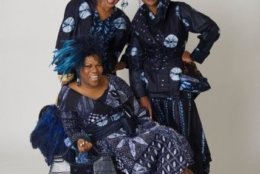
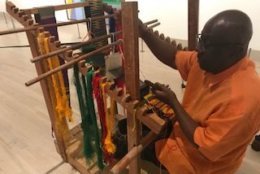
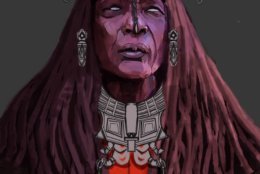
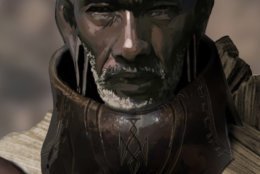
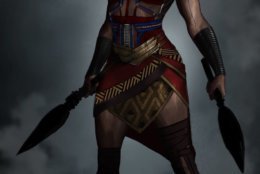
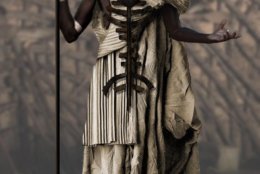
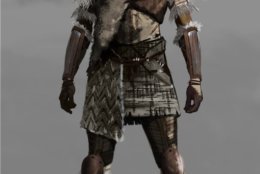
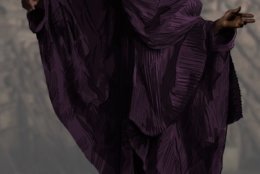
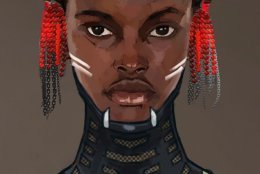
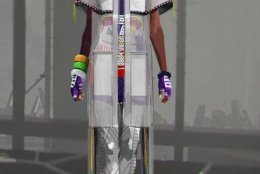
WASHINGTON — Cross your arms over your chest and repeat after me: “Wakanda forever.”
The “Black Panther” tagline was more than a Hollywood catchphrase; it sparked a movement on display at the Smithsonian Folklife Festival from June 27 to July 1 and July 4 to July 8.
“The project was in the works beforehand, but with the incredible response to ‘Black Panther,’ we knew we had to do something,” curator Diana Baird N’Diaye told WTOP. “Not only the crafts that Ruth Carter … put in the film, but also, what has this done for African textiles? … We want to let people know that some of the inspirations are right here at the Smithsonian.”
The National Mall has hosted the festival since 1967, focusing this year on the cultures of Armenia, Catalonia and the “Crafts of African Fashion.” That includes the first-ever “Wearing Wakanda” event this Saturday from 2 to 3:30 p.m. at the National Museum of African Art.
“We encourage you to come down and wear your Wakandan best!” N’Diaye said. “The clothing was actually a character. [Writer/director] Ryan Coogler talked about [how] in that wonderful scene in the casino, the main characters are wearing red, black and green, themes associated with African-American liberation movements, just a positive view of African futures.”
What exactly will you see at “Wearing Wakanda?”
“When you come into the foyer, you’ll see some beautiful slides from the movie,” N’Diaye said. “You’ll also see the root traditional objects that were part of the inspiration for all that you see in ‘Black Panther.’ Then you’ll come downstairs to the second floor to our presentation. There will be some of the artisans who create this cloth [in real life]. Cythnia Sands and Victor Ekpuk.”
After that, head over to the Smithsonian National Museum of African American History & Culture for a free ticketed event called “African Fashion and Film” on Sunday from 1 to 3 p.m.
“Africa is the new center of the global fashion world,” N’Diaye said. “There’s so much energy on the continent right now, so we’re going to show films made by African designers in collaboration with African filmmakers. … We’ve invited designers like Mimi Plange, one of the top designers in New York who’s from the continent itself. Her work is inspired by African art.”
Sunday’s event will also display the work of clothing designer Brenda Winstead.
“Brenda Winstead is known by many to be the creator of Damali AfricanWear,” N’Diaye said. “She works with craftswomen from Mali, Mauritania and Senegal. They do wonderful indigo textiles. She also works with people from Central Africa, so her clothing will be on display.”
Beyond the fashion-film collaborations, you can check out African arts and crafts the entire festival at the Festival Marketplace from 10:30 a.m. to 6 p.m. on the National Mall.
“Wakanda was a wonderful, technologically-developed mythical country on the African continent that had kept all this expertise,” N’Diaye said. “Part of that technology and expertise is rooted in these traditional crafts in the real Africa in countries like Ghana and Niger.”
The market will include special guests, including renowned ewe weaver Chapuchi Bobbo Ahiagble, kente cloth weaver Kwasi Asare and his son Kofi, and fashion designer Kibonen.
“In addition to having great things to buy that are made from artists … they’ll be able to see demonstrations of the crafts,” N’Diaye said. “We have kente weavers. Kente cloth was made for royalty during the Ghana empire. It’s a really important cloth that’s become a symbol not only for African heritage, but also within African-American communities.”
You’ll also see leather craftsman Soumana Saley and textile artisan Cythnia Sands.
“We have an incredible leather worker from Niger, this incredible painted leather from the African continent [and] an African-American designer who’s worked with weavers and surface designers in Ghana and Morocco. She does incredible tie-dye and batik,” N’Diaye said.
These crafts are nothing new; they’re part of a rich history of African design.
“They’ve been around for a while,” N’Diaye said. “They’re not only a powerful, beautiful craft, but they also sustain families and communities. These kinds of community-based cultural heritage enterprises are grounded in all this knowledge that has to be supported. … So we are encouraging designers who make African-centric clothing to incorporate these crafts into what they do, to work with hand-dyed fabric, to work with hand-woven textiles.”
The festival timing is great for the Smithsonian, which just recently acquired memorabilia from “Black Panther,” including the costume of actor Chadwick Boseman and a shooting script signed by director Ryan Coogler. Plans for display are still under consideration.
“It’s such serendipity that the announcement is happening right at the time of our Crafts of African Fashion program,” N’Diaye said. “The costume worn by T’Challa … is now going to be at the Smithsonian! … The movie is not just a movie. It’s a cultural phenomenon that’s united people across the United States and frankly across the African world. … It’s a really important acquisition and gift to the National Museum of African American History & Culture.”
Why does she think the film connected with audiences?
“So many of the images of Africa in the movies, in books and so on projects this very pessimistic view of the continent,” N’Diaye said. “For many African Americans … it was a chance to see a future and possibilities for the African continent that were positive. In fact, some people talk about this as Afro-Futurism. … This is a wonderful injection of the positive.”
Find more details on the festival website. Listen to our full chat with Diana Baird N’Diaye below:








